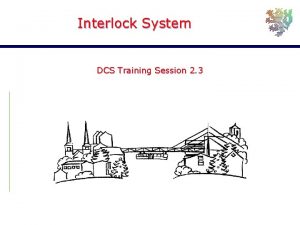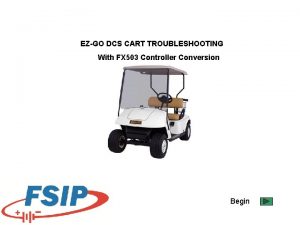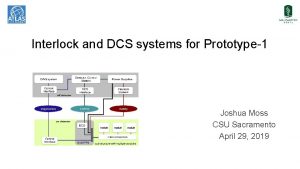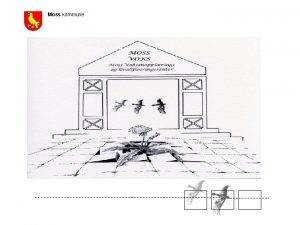Interlock and DCS systems for Prototype1 Joshua Moss




- Slides: 4

Interlock and DCS systems for Prototype-1 Joshua Moss CSU Sacramento March 27, 2019

Expectations for the Interlock Goal is the safe operation of the prototypes by any users Hardware Interock: What to monitor and react on in 1. Temperature of the sensors Definitely 2. Cooling status Requires Definitely sensors and additional 3. Humidity? communication 4. Sensor Voltages? Outputs: � Switch off sensors/heaters via direct communication to the power supplies: can be all or just individual channels J. Moss - 2 Similar system implemented by Liverpool for Ring 0

1 st Implementation of the interlock Liverpools’s Ring-0 Setup � Use an FPGA board for the interlock logic � Start with Lab. View for interface and move to Win. CC Open questions: � How many inputs to monitor? temperature, humidity, cooling, LV, HV � What do the input signals look like? � Which power supplies are we using? what signal is needed to the interlock? J. Moss - 3

DCS System � Plan is to build expert panels in Win. CC for direct control of the power supplies and monitoring of temperatures/humidity of the prototypes � Start with basic controls and move to more FSM-like system for ease of usage Initially: Simple lists of channels and temperature sensors (need to know the mapping to know what you are turning on/off) Later: view/control all parameters at the module or disk level (mapping built into the panel itself) What is needed: � DCS computer to run Win. CC and panels � Communication to temperature sensors, power supplies, interlock crate, cooling � ELMBs or something functionally similar J. Moss - 4







